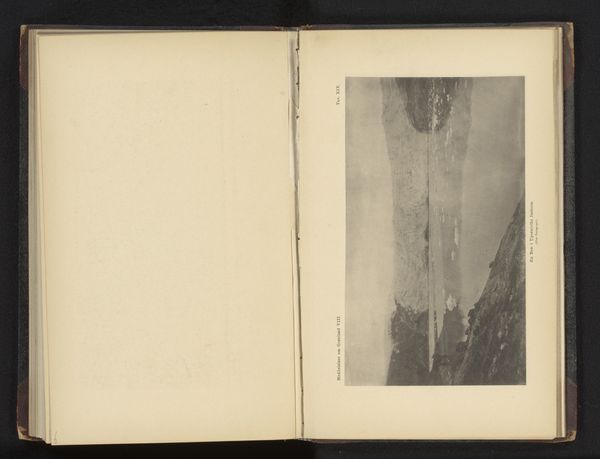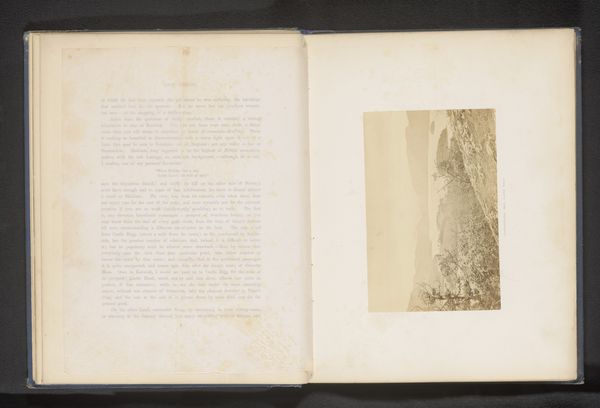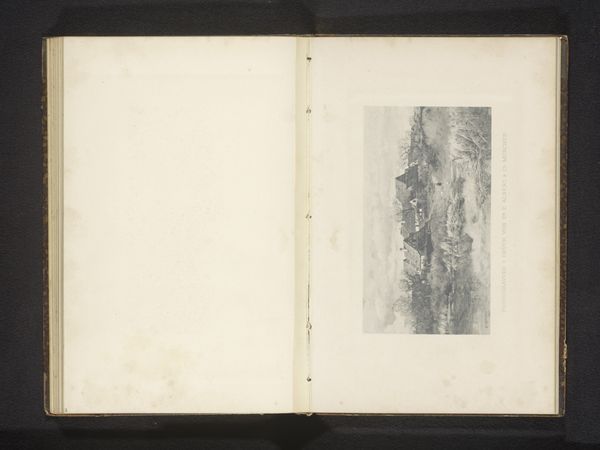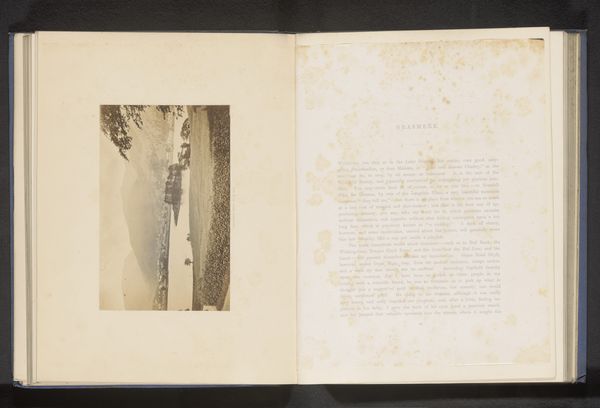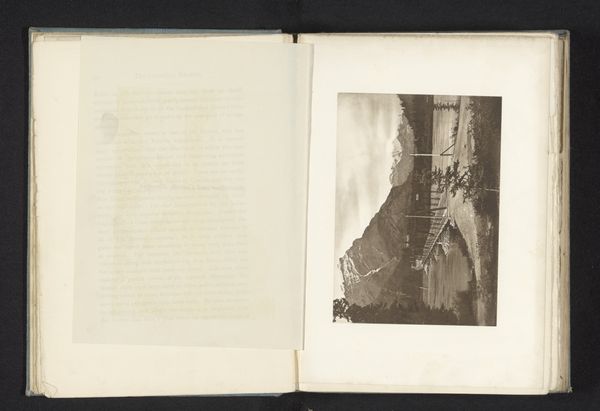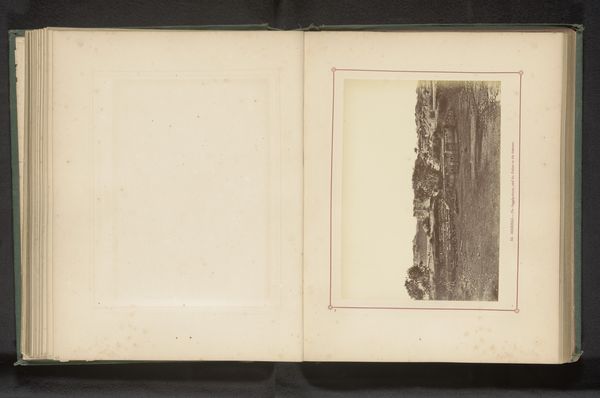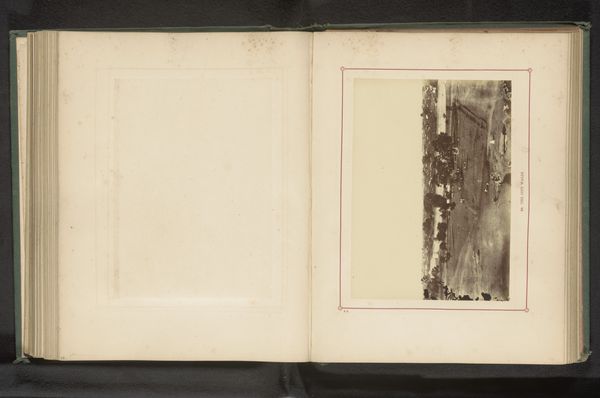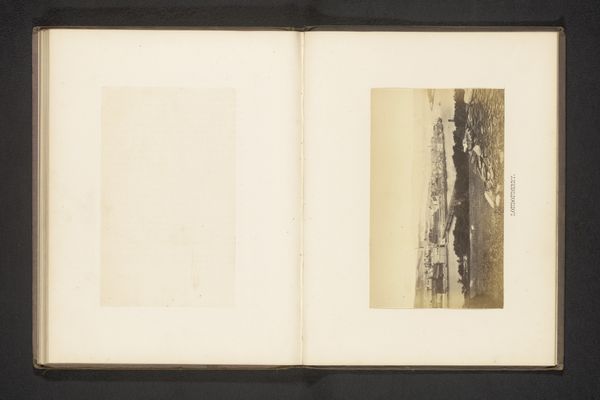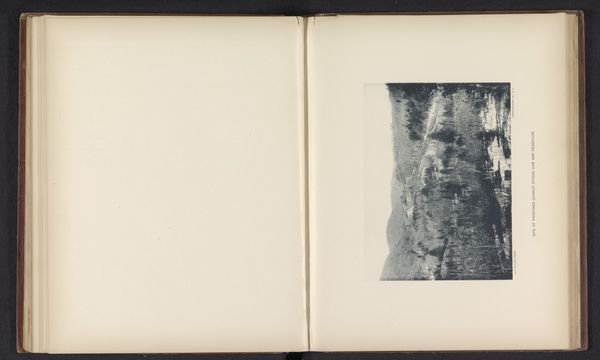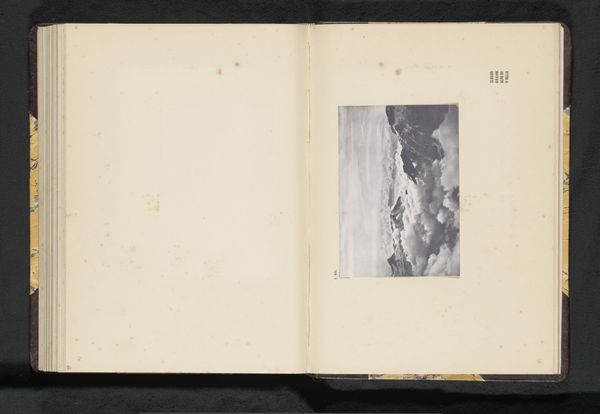
Fotoreproductie van een tekening van twee mensen in een landschap bij Ludlow door David Cox before 1873
0:00
0:00
drawing, print, photography
#
drawing
# print
#
landscape
#
photography
Dimensions: height 145 mm, width 199 mm
Copyright: Rijks Museum: Open Domain
Editor: Here we have a photographic reproduction of David Cox's "Two People in a Landscape near Ludlow," made sometime before 1873. It's interesting that this drawing was captured and replicated using photography. What jumps out at you about it? Curator: I see a fascinating layering of production. The initial act of creation, Cox’s drawing, is already a mediation of the landscape through his hand and eye, his choice of materials like paper and ink. But this photographic reproduction, then reproduced as a print… it multiplies the labor and removes us even further from that original creative act and site. It makes me wonder, what was the purpose of turning a drawing into a photographic print? Editor: That's interesting! Perhaps the print enabled more widespread circulation, allowing more people to see Cox's work? Curator: Precisely. Consider the economics. Prints democratized access but also commodified art. The materials, photographic chemicals, printing press—all tools requiring industrial investment and skilled labor. Whose hands touched this object in its making? What socio-economic strata did they occupy? These reproductive methods directly alter art’s role in society. Editor: So, looking at art from this perspective, it isn’t just about what is represented, but how it’s made and who has access to it? Curator: Exactly. The materials and their method of assembly embed specific values and social relations. This reproduction raises key questions about authenticity, value, and the distribution of art within a capitalist system. Editor: I never thought about landscape art that way before. Curator: Seeing art through a material lens shifts focus from aesthetic contemplation toward understanding the mechanics of its creation and circulation within a broader social fabric. Editor: That's a really interesting approach! I'll definitely look at art differently now, considering the layers of production.
Comments
No comments
Be the first to comment and join the conversation on the ultimate creative platform.

